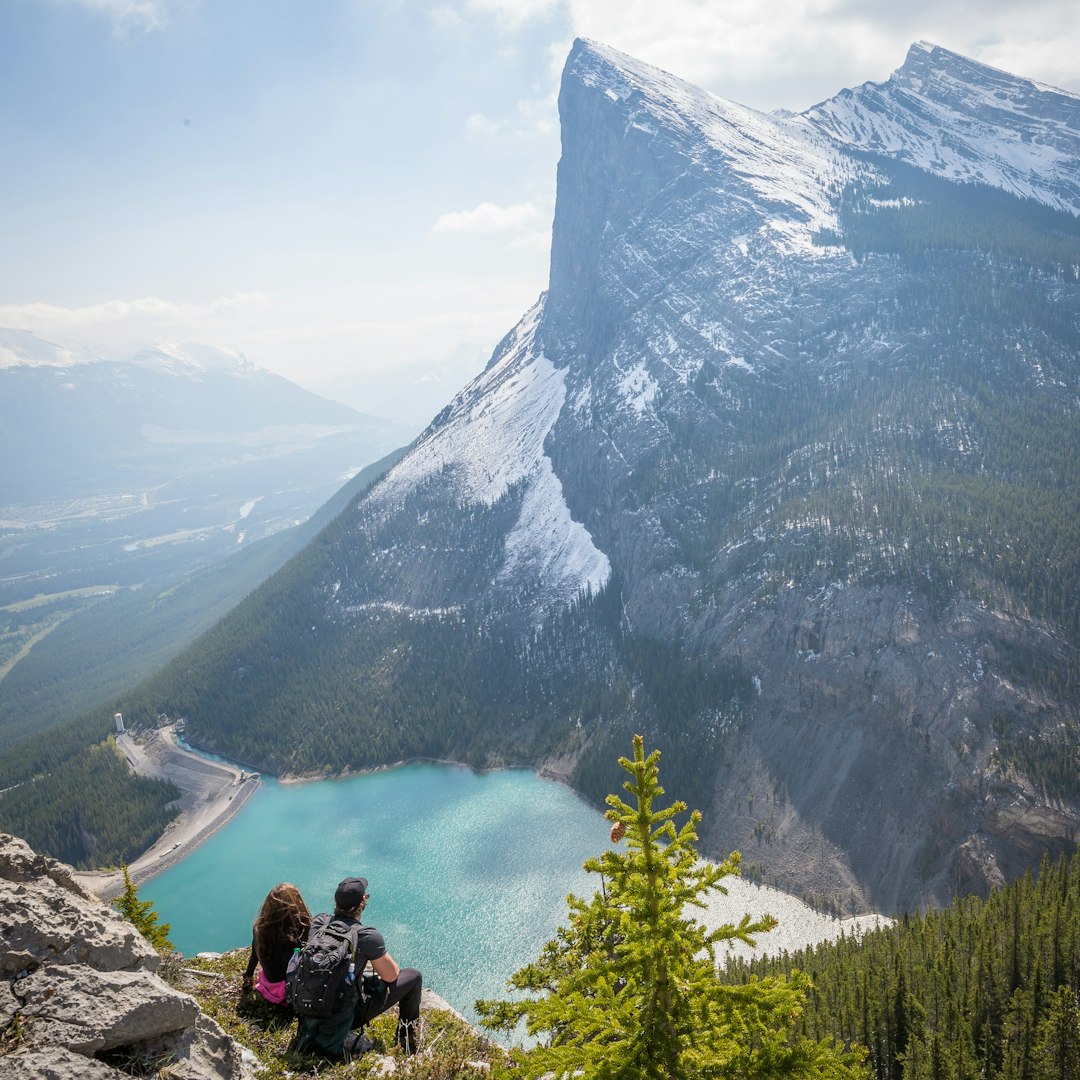
Adventure Travel on a Budget: Explore the World Without Breaking the Bank
# Introduction. Adventure travel is a thrilling way to explore the world, engaging in activities that push your limits and create unforgettable experiences. However, the misconception that adventure travel is exclusively for the wealthy can deter many explorers from pursuing their passions. The truth is, with careful planning, creativity, and a dedication to budget management, anyone can indulge in incredible adventure experiences without draining their bank account. This post outlines practical tips, destination suggestions, and helpful resources that will empower you to embark on your exciting journey while still adhering to a budget. From hiking breathtaking trails to kayaking serene waters, adventure awaits, and it does not have to come with a hefty price tag. ## 1. Prioritize Your Destination. Finding budget-friendly adventure travel starts with choosing the right destination. Popular spots like Bali, Thailand, and Peru are excellent choices for adventure seekers who want to explore stunning landscapes and engage in thrilling activities without overspending. Look for destinations known for affordable accommodation, eat local cuisine, and participate in free or inexpensive adventure activities. Additionally, consider exploring lesser-known destinations that provide similar experiences at a lower cost. Researching and identifying off-the-beaten-path locations can yield exciting adventures away from the tourist crowds and high prices. Consider places such as Vietnam, Costa Rica, or Eastern Europe, where adventure and affordability go hand in hand. ## 2. Seek Budget Accommodations. Accommodation can be one of the most significant expenses on your trip, but there are numerous options for budget-conscious travelers. Hostels are a popular choice for adventure travelers, offering shared dormitories or private rooms at a fraction of the price of hotels. Look for hostels that organize group activities, and you’ll often find adventurous companions willing to explore together. If hostels aren't your style, consider camping or utilizing platforms like Airbnb or Couchsurfing to find affordable and unique places to stay. Not only can these options save you money, but they also allow you to immerse yourself in local culture. Many campgrounds offer stunning locations, so don’t overlook nature as an accommodation option. ## 3. Focus on Free and Low-Cost Activities. Adventure travel does not mean you need to spend extensively on excursions. Many incredible outdoor activities are entirely free or low-cost, such as hiking, biking, rock climbing, or exploring national parks and nature reserves. Identify local trails and parks, often accessible with minimal entrance fees or even none at all. In many regions, you can find guided free walking or biking tours, where local guides sharing their knowledge lead you through cities. You can also connect with fellow adventurers looking to share costs for excursions like scuba diving, paragliding, or kayaking. Collaborative experiences enhance your journey while minimizing expenses. ## 4. Travel Off-Season. Timing your travel can have a significant impact on your overall budget. Traveling during the off-peak season often results in lower prices for flights, accommodations, and activities. Research the best times to visit your chosen destination to take advantage of lower tourist traffic and price reductions. In particular, consider shoulder seasons, which are typically just before high season or after the crowds have dispersed. This approach allows you to enjoy popular activities or attractions without breaking the bank or dealing with large crowds. ## 5. Use Budget Airlines and Public Transport. Transportation can be another significant expense when traveling, especially in foreign countries. To save money, use budget airlines and keep an eye out for seasonal flight deals. Websites and apps offer flight comparisons to help you find the best deals. Once you arrive at your destination, utilize public transportation whenever possible. Similar to adventure activities, public transport often allows you to connect with locals and experience a destination authentically. Research your city's transportation options beforehand, ensuring you can navigate efficiently and affordably. ## 6. Mindful Dining Choices. Food is an essential part of traveling, but dining in tourist-heavy areas can be costly. Instead, opt for local markets, street food vendors, or restaurants favored by locals to save on meals. Not only will you enjoy authentic dishes, but you will also have the opportunity to experience local culture firsthand. Consider preparing some meals on your own if your accommodation allows. Living off quick and simple staples can further extend your budget, leaving more room for adventure activities. ## Conclusion. Adventure travel on a budget is not only possible but can often lead to the most rewarding experiences. By prioritizing the right destinations, seeking out budget accommodations, focusing on free activities, timing your travels wisely, utilizing budget transportation, and being mindful of your dining choices, you can significantly reduce your expenses while still enjoying thrilling adventures. Explore the world with a wanderer's heart while keeping your wallet intact. The adventure awaits you, and now it is within reach, regardless of your financial situation. Embrace the journey, step out of your comfort zone, and let the adventures begin! .







